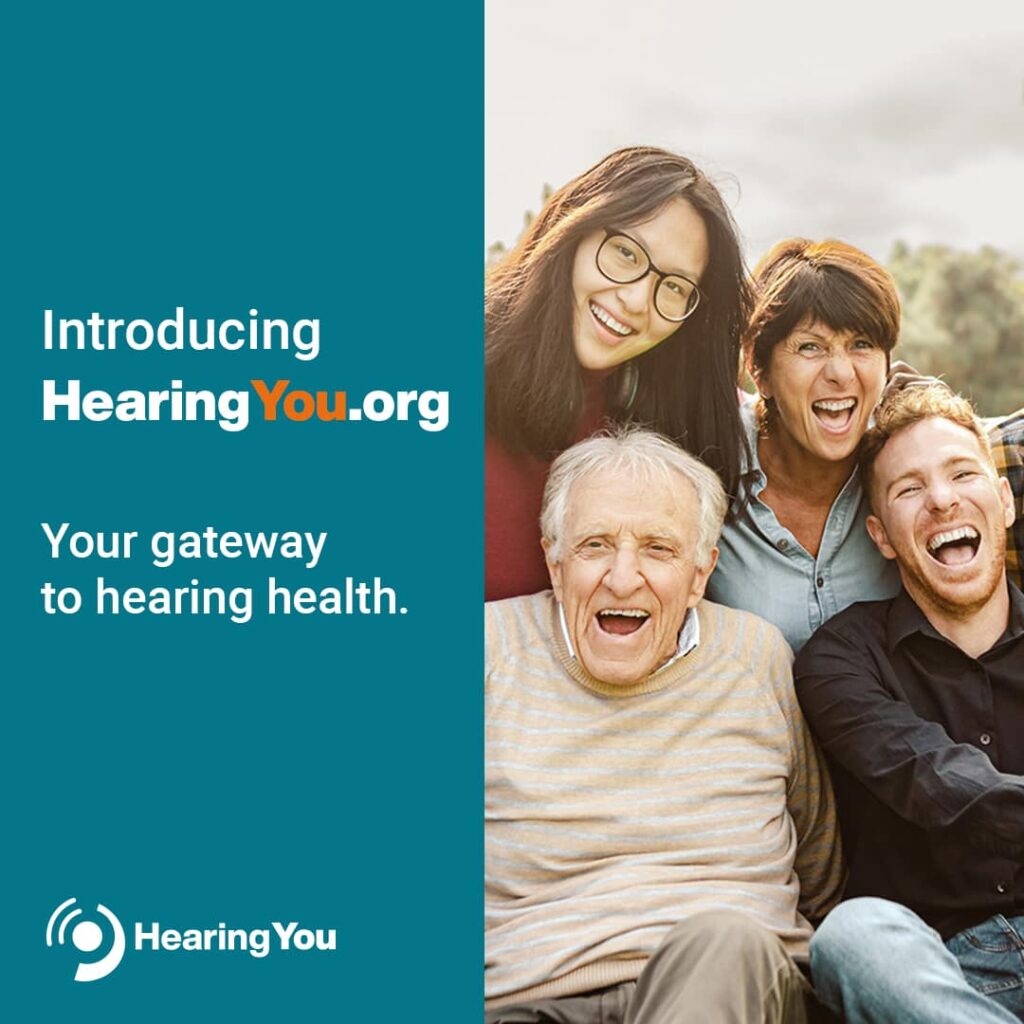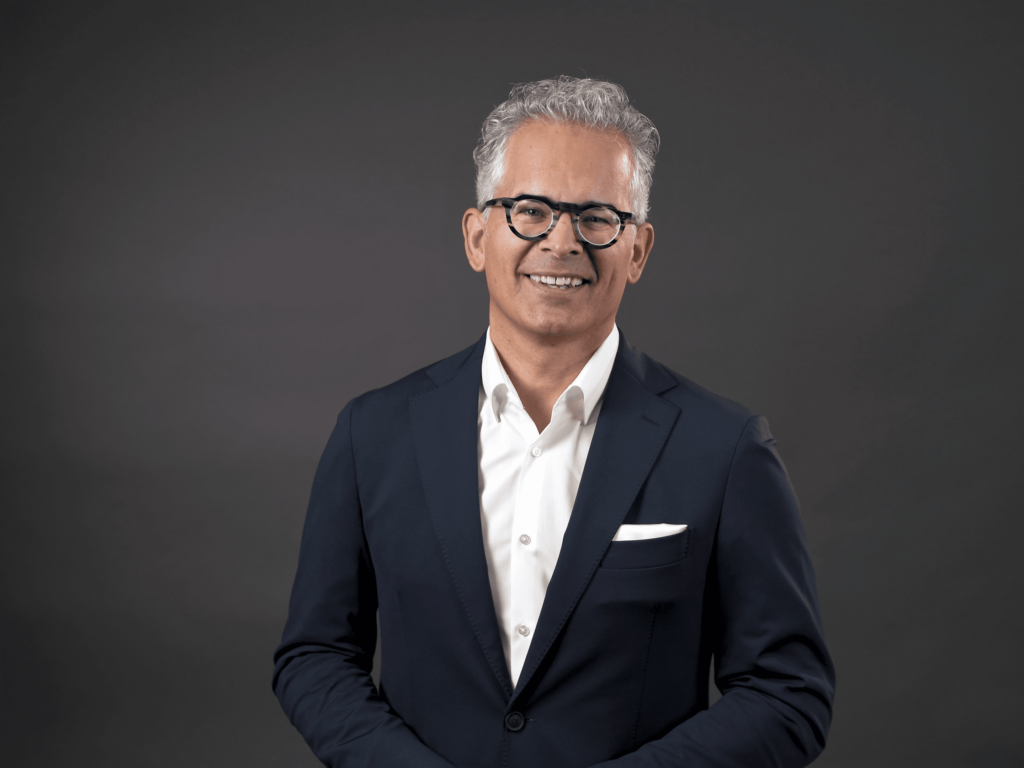26. Juli 2023. In Europe, 11.1% of the population report having a hearing loss. Yet many do not seek or do not receive adequate care in the form of hearing screening or rehabilitative technologies such as hearing aids and implants. A mere 33% of people living with self-assessed hearing loss are estimated to use hearing aids.[1] Lack of awareness among policy makers, health professionals and even hearing-impaired people themselves hinders prevention and access to rehabilitation.
A new public information portal aims to change this: HearingYou.org is designed to be an authoritative gateway to raise awareness of the importance of hearing health as a public health issue. It has been launched by the European Hearing Instrument Manufacturers Association (EHIMA) to provide a global audience with information on all aspects of hearing health, including hearing loss prevention and rehabilitation, and to support effective policy measures against hearing loss. The centerpiece of the site is a data hub with the latest research, scientific evidence, facts and figures on the prevalence of hearing loss, its economic impact and how hearing loss is linked to chronic diseases such as dementia.

HearingYou.org brings together EHIMA’s internationally standardized „EuroTrak“ surveys in one place, making it the largest source of comparable data on hearing health. EuroTrak is the most comprehensive multi-country study of hearing loss and hearing aid use. In addition to the US-focused MarkeTrak surveys, EuroTrak surveys measure self-reported hearing loss and use of professional hearing care in major European and Asia-Pacific countries. This allows HearingYou.org to act as an evidence hub for policy makers to help them design effective hearing care policies.
EHIMA Secretary General Dr. Stefan Zimmer points out: „The age structure of many societies is changing rapidly. Hearing health is destined to become a defining feature of future-proof policies. Only what is measured can be managed, and HearingYou.org provides easy-to-find information for well-informed public policy. This would enable hearing impaired people to lead empowered and mobile lives.”

The new website includes information from EHIMA and its hearing care partners, such as the European Federation of Hard of Hearing People (EFHOH), the European Association of Hearing Aid Professionals (AEA), the International Federation of Hard of Hearing People (IFHOH), the European Association of Cochlear Implant Users (Euro-CIU), and other international and national associations and groups active in the field of hearing care.
About hearing loss
According to the World Health Organization, more than 1.5 billion people worldwide have some form of hearing impairment. By 2050 nearly 2.5 billion people are projected to have some degree of hearing loss. Hearing loss is one of the most common disabling health conditions in adults. In the European Union and United Kingdom, the financial cost of untreated disabling hearing loss is estimated at €185 billion, annually[SZ1] . Untreated hearing loss leads to difficulties in finding and keeping a job, earlier retirement, reduced personal income, social isolation, depression, cognitive decline, reduced activities of daily living and loss of independence.
About EHIMA
The European Hearing Instrument Manufacturers Association (EHIMA) represents the major European hearing instrument manufacturers, offering smart hearing aid and implant solutions for hard of hearing people. EHIMA was founded in 1985. Its members develop, manufacture and market hearing instruments on a large scale in one or more countries in Europe, as well as exporting their products worldwide. EHIMA’s mission is to ensure that all people in need have the chance of hearing rehabilitation, critical for well-being and high quality of life at any age.

Contact
EHIMA Secretariat
Stefan Zimmer, Secretary General
Herriotstrasse 1, 60528 Frankfurt am Main, Germany
E-mail: sz@ehima.com
www.ehima.com
[1] Laureyns/Bisgaard/Bobeldijk/Zimmer (2020): Getting the numbers right on Hearing Loss, Hearing Care and Hearing Aid Use in Europe. Joint AEA/EFHOH/EHIMA report (2020). www.ehima.com/documents
